iPhone 17 Battery and Charging: All of the upgrades and new features
We may earn a commission if you make a purchase from the links on this page.

The iPhone 17 lineup has arrived, and it brings along larger batteries, faster charging, and AI-powered battery optimization through iOS 26. Here’s everything you need to know about the iPhone 17, iPhone Air (new model), iPhone 17 Pro, and iPhone 17 Pro Max when it comes to battery and charging.
Does the iPhone 17 series have better battery life?
Yes. Apple is quoting its longest iPhone runtimes ever, with notable gains across the lineup:
| Model | Video playback | Video playback (streamed) |
|---|---|---|
| iPhone 17 | Up to 30 hrs | Up to 27 hrs |
| iPhone Air | Up to 27 hrs (40 hrs with MagSafe Battery) | Up to 22 hrs (35 hrs with MagSafe Battery) |
| iPhone 17 Pro | Up to 33 hrs | Up to 30 hrs |
| iPhone 17 Pro Max | Up to 39 hrs | Up to 35 hrs |
The iPhone 17 Pro Max sets a record with up to 39 hours of video playback. Apple also notes that the Pro and Pro Max have slightly different runtimes depending on SIM type: the eSIM-only versions pack slightly larger batteries and last up to 2 hours longer than the Nano SIM models.
The slimmer iPhone Air is stated to last a full day, and Apple also designed a new low-profile MagSafe Battery Pack, exclusive to the iPhone Air. Because of the thinner design and different camera plateau, it won’t work with the other iPhone 17 models. With it, the Air’s video playback can stretch to around 40 hours.
All models now use stacked battery technology for higher energy density and longer lifespan. The Pro and Pro Max add a vapor chamber cooling system in their aluminum frames, helping sustain performance and improve efficiency under heavy load.
On the software side, iOS 26 introduces Adaptive Power Mode, which works alongside Low Power Mode. Unlike Low Power Mode, which applies strict system-wide restrictions, Adaptive Power Mode learns from your habits and only limits background activity when needed — a smarter, less intrusive way to extend battery life.
All models now use stacked battery technology for higher energy density and longer lifespan. The Pro and Pro Max add a vapor chamber cooling system in their aluminum frames, helping sustain performance and improve efficiency under heavy load.
How much battery do the iPhone 17 models have?
Apple doesn’t list battery capacities on its website, but regulatory filings and teardowns suggest the following approximate specs:
| Model | Expected Battery Capacity |
|---|---|
| iPhone 17 | ~3,692 mAh |
| iPhone 17 Air | ~3,149 mAh |
| iPhone 17 Pro | ~3,988 mAh |
| iPhone 17 Pro Max | ~4,832 mAh |
How fast will the iPhone 17 series charge?
Apple did not spend too much time talking about charging upgrades, but there seem to be some improvements on this front too.
Wired charging (USB-C with Power Delivery 2.0):
- iPhone 17 & Pro: 50% in ~20 minutes with a 40W adapter
- iPhone 17 Air: 50% in ~30 minutes with a 20W adapter, or faster with a 30W adapter
- iPhone 17 Pro Max: 50% in ~20 minutes with a 40W adapter
Does the iPhone 17 series have wireless charging?
Yes, all iPhone 17 models, including the new iPhone Air, have wireless charging.
Wireless charging (MagSafe & Qi2.2):
- iPhone 17, 17 Pro, 17 Pro Max: up to 25W
- iPhone Air: up to 20W
Does the iPhone 17 series have reverse wireless charging?
No. While all 2025 iPhone models support reverse wired charging, Apple has not officially confirmed reverse wireless charging.
What charger does the iPhone 17 series use?
The iPhone 17 series (and the iPhone Air) relies on USB-C with USB Power Delivery (PD). That means you can use third-party PD/PPS chargers from brands like Anker, Ugreen, or Baseus and still get near-maximum speeds. Apple doesn’t lock fast charging behind proprietary protocols like Xiaomi or OnePlus.
For best results, Apple is offering a new 40W Dynamic Power Adapter with 60W Max, priced at $39 in the U.S. (and also sold in Canada, China, Japan, Mexico, Taiwan, and the Philippines). When paired with this charger, the iPhone 17 Pro and Pro Max can hit 50% in just 20 minutes.
As expected, no charger is included in any of the boxes — only a USB-C cable. If you don’t buy Apple’s new adapter, a high-quality 30W–45W PD charger will still deliver close to peak speeds.
For best results, Apple is offering a new 40W Dynamic Power Adapter with 60W Max, priced at $39 in the U.S. (and also sold in Canada, China, Japan, Mexico, Taiwan, and the Philippines). When paired with this charger, the iPhone 17 Pro and Pro Max can hit 50% in just 20 minutes.
Apple is also selling a new Qi2-certified MagSafe Charger with up to 25W output, available in 1-meter ($39) and 2-meter ($49) lengths. These chargers unlock the full wireless charging speeds of the 2025 iPhones.
As expected, no charger is included in any of the boxes — only a USB-C cable. If you don’t buy Apple’s new adapter, a high-quality 30W–45W PD charger will still deliver close to peak speeds.
Follow us on Google News

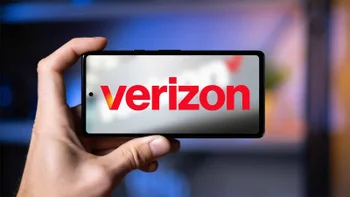
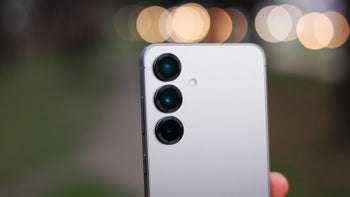
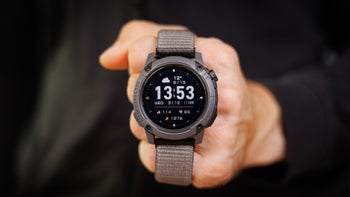
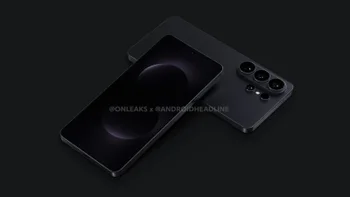
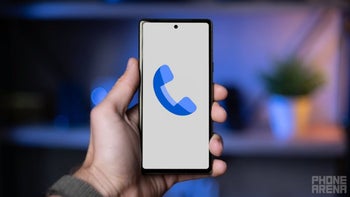
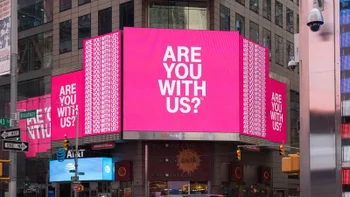
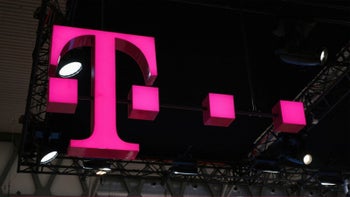

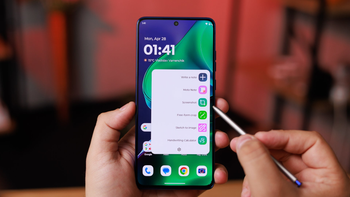
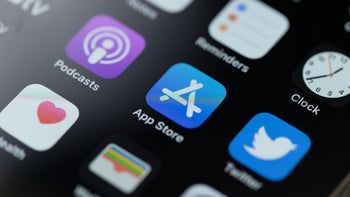

Things that are NOT allowed:
To help keep our community safe and free from spam, we apply temporary limits to newly created accounts: